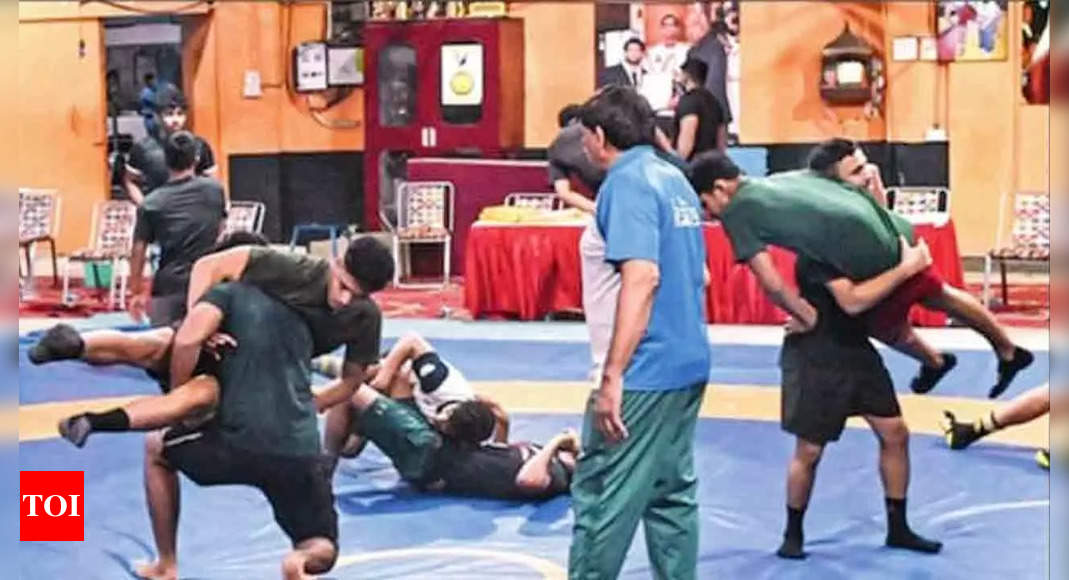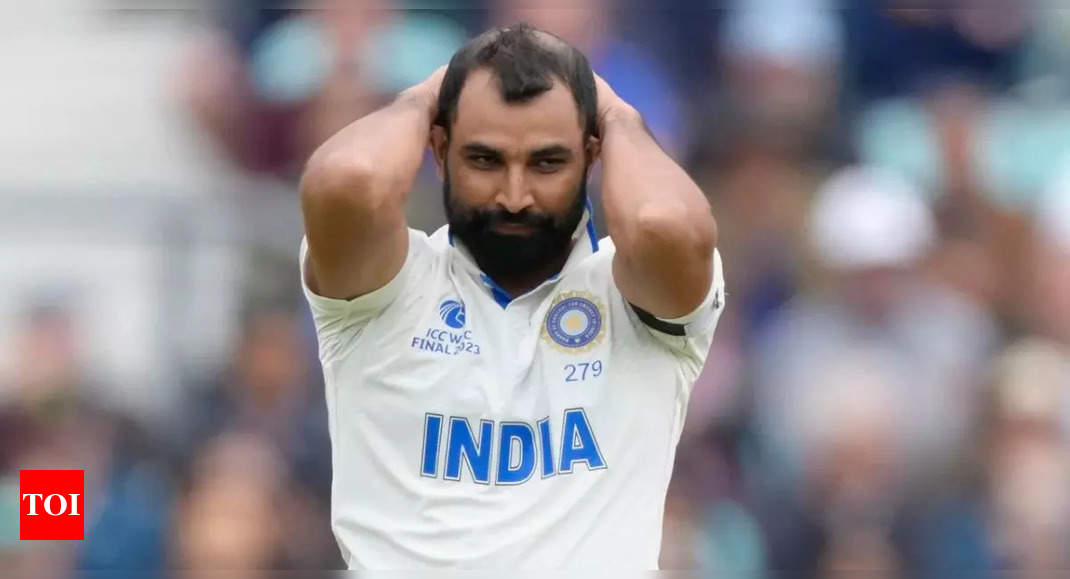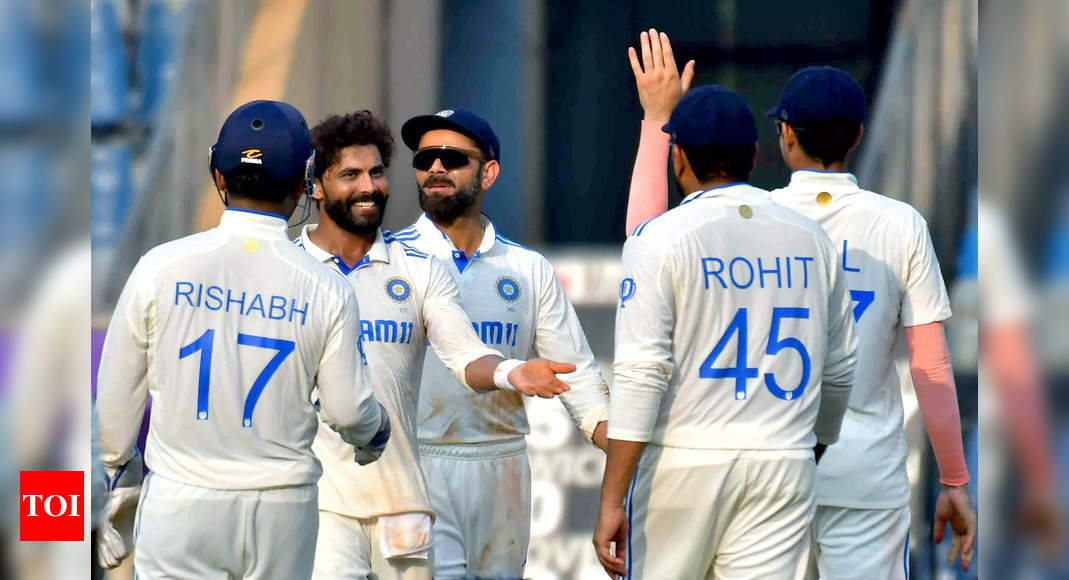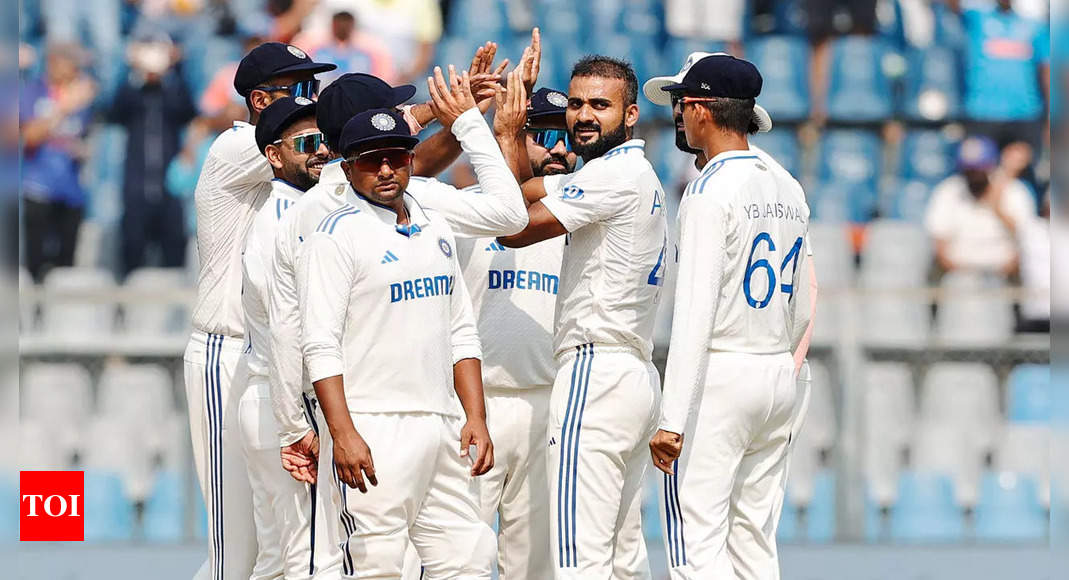Each one does the customary knee-touch of their gurus, before going for their warm-ups. The young boys are quite excited.There’s a broad smile on each of them.
A week ago, one among them had taken a flight to Paris. On Friday, he became an Olympic bronze medal winner for the country. No wonder, everyone at the wrestling academy on Saturday was talking about Aman Sehrawat. Chhatrasal Akhada isn’t new to such highs.
Three years ago, Chhatrasal trainees Ravi Dahiya (silver) and Bajrang Punia (bronze) won Olympic medals in Tokyo. India has eight Olympic medals in wrestling till now, 6 have come from Chhatrasal. It started with Sushil Kumar, who won bronze in 2008 Beijing & then followed with a silver in ’12 London.
How an unfulfilled dream spurred birth of wrestling cradle
Sushil Kumar, trained in this Chhatrasal Akhada, won bronze in 2008 Beijing and then followed with a silver in 2012 London. At the same London Games, Yogeshwar Dutt bagged a bronze for the country. It was Satpal Singh – also known as Guru Satpal among his wards – who is the founder of the academy and had trained the Sushil-Yogeshwar duo.
Back in 1988, Satpal, along with two more wrestling coaches – Ramphal Mann, a.k.a. Guru Ramphal, and Pradeep Sharma – started the akhada on the premises of Chhatrasal Stadium in 1988. The stadium is in Model Town area of Delhi and is located somewhere between the Model Town and Azadpur metro stations. Over the years, the three coaches got help from another famed wrestling coach Virender Kumar in running the akhada.
During his days as a wrestler, Satpal emerged as one of India’s premier wrestlers, winning the national title 16 times. On the international stage, Satpal won silver at the 1974, 1978 and 1982 Commonwealth Games. At the Asian Games, he continuously upgraded the colour of his medal, winning bronze in Tehran 1974, silver in Bangkok 1978 and finally a gold in New Delhi 1982 in front of a home crowd. During this playing days, Satpal also represented India at two Olympic Games – Munich 1972 and Moscow 1980. But he failed to win a medal.
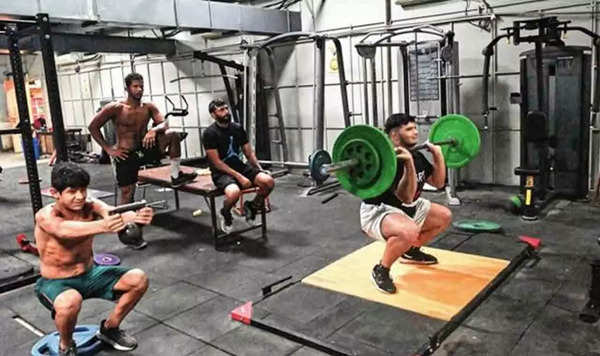
NURSERY OF MEDALLISTS: Budding wrestlers train at the Chhatrasal Stadium in Delhi on Saturday
“Ek mann mein tees thi (there was a pain in my heart of not winning an Olympic medal). That’s why I started the akhada at the Chhatrasal Stadium. I wanted to churn out Olympic medallists for the country,” Satpal tells TOI. “Now we have produced not one, but six Olympic medallists.
“When I went for the Olympics, I had never even seen a mat, practising on it was something totally different. The European countries, by that time, had been wrestling on mats for years. I wanted to change that. I wanted to give our young wrestlers an equal opportunity to fight at the international level. We got our first mat at the Chhatrasal Akhada in 1992. Sushil, who was a 15-year-old at that time, trained on the mat and won a gold at the World Cadet Games in 1998,” Satpal, now 69, adds.
There are budding wrestlers training at the Chhatrasal not only from Delhi, Haryana and its adjoining areas, but there are some who have come from as far as Maharashtra and Madhya Pradesh. One of them, Dhanraj, who hails from Maharashtra, says, “Yahan ki mitti mein kuch alag baat hai (There is something different here). That’s why I have come here to train.”
When you enter the premises of the akhada, there are giant-sized photos of Sushil, Ravi, Yogeshwar, Bajrang on the walls. The Chhatrasal Akhada is to wrestling what Sansarpur in Jalandhar, Punjab, is to hockey or what Azad Maidan in Mumbai is to cricket.
The wrestling academy has now become a state-of-the-art facility where there is modernity in terms of equipment, but tradition is followed when it comes to the guru-shishya (master-pupil) relationship. There are many cadet-level, youth-level, and also senior-level wrestlers training at the same time, under the same roof, and their motivation is the same. “I want to win an Olympic medal and make my country proud,” says Mohit Dahiya, 15, who recently won at the Youth Asian championship level.
“I want to emulate Sushil pehelwaan, Ravi pehelwaan, Aman pehelwaan. They are my heroes. I know if I train well and listen to my coach, then I can also win medals at the Olympic stage,” adds 16-year-old Deepanshu. What makes the akhada so special? One of the present coaches, Jaibir Dahiya, who himself trained here in the 1990s under Satpal, Ramphal and Pradeep, says, “When you train in the mud, you become really tough as a wrestler. That is where your foundation is made.
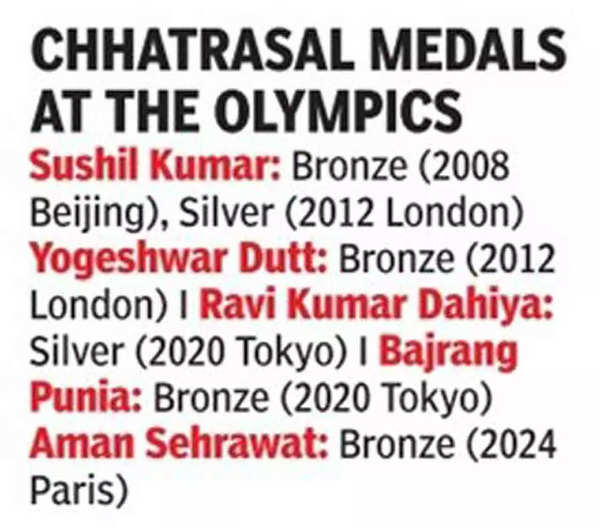
“Training in mud helps budding wrestlers attain real strength. Movement in the mud is tough and therefore wrestlers need to use extra force. So, when they are put on the mat, they suddenly find themselves moving faster and are more agile. All because of the hours they put in mud,” he adds. Nowadays, the akhada gets scores of applications. Many youngsters want to train under the coaches at the Chhatrasal. So how are the selections made?
“It’s trials. Only those who we think can have a future in wrestling are enrolled. Our training is very hard and rigorous, and we push the young ones to their limits. Our aim is to ensure medals for the country, that’s why the preparation – right from a young age – is very robust,” says Anil Mann, another coach, who used to be a trainee.
There is a small temple outside the living quarters. Before their daily routine, wrestlers pray to Lord Hanuman – the favoured deity of the wrestling community – and ask for strength.
Before we leave, coach Jaibir points towards five-six young wrestlers and says, “These ones will win Olympic medals in future, I can guarantee you.”
